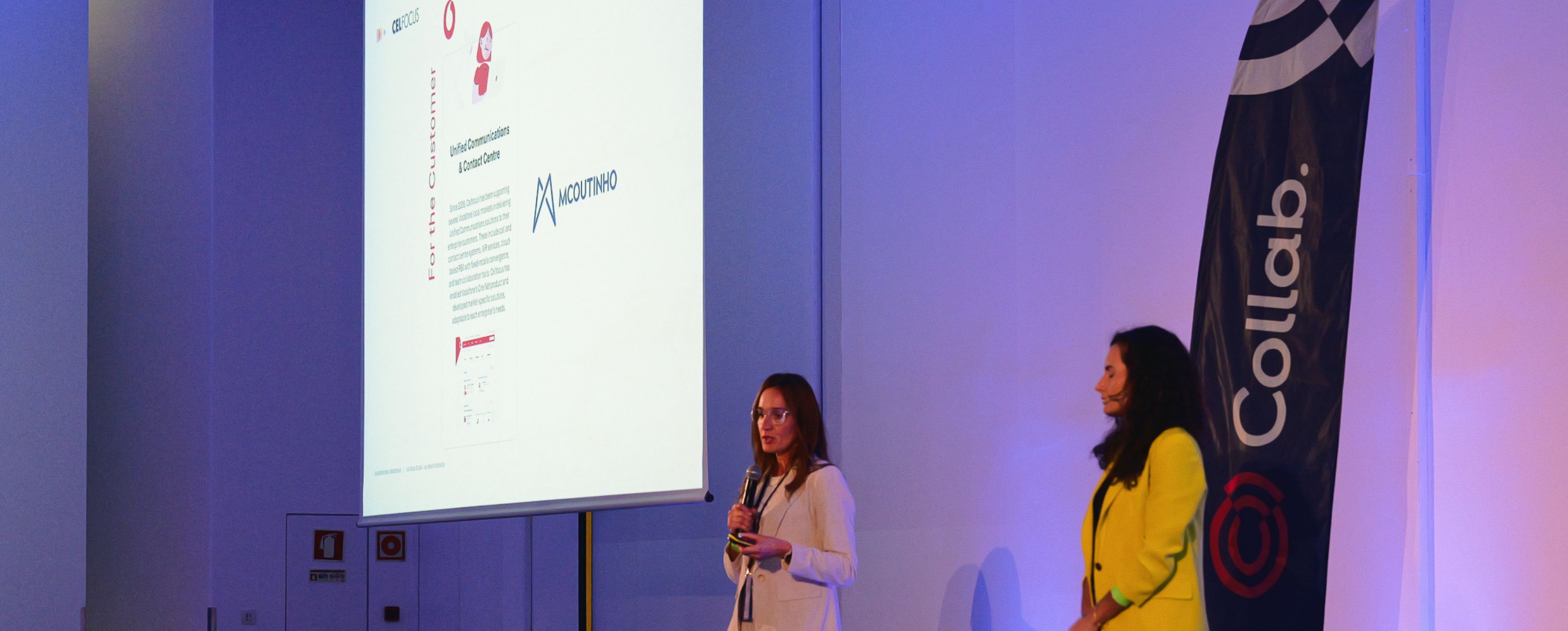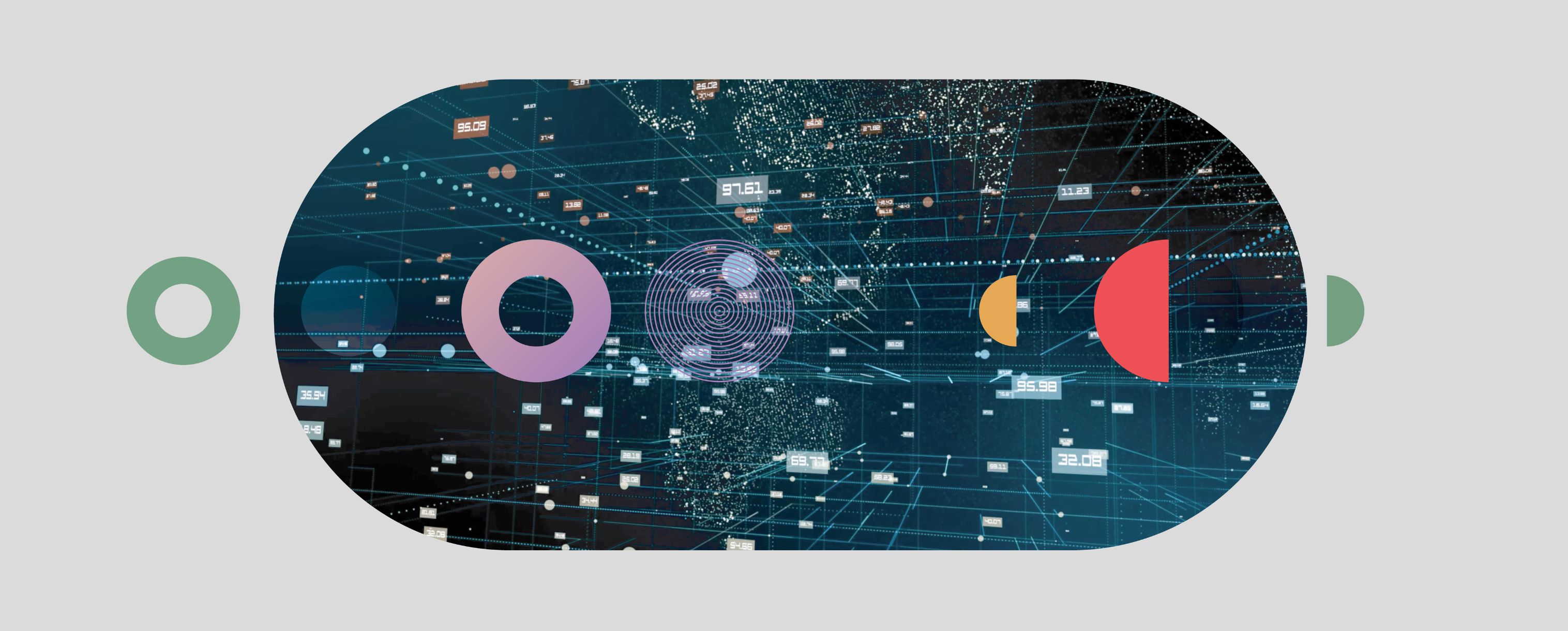|---Module:text|Size:Small---|
The Digital Age is changing the world as we know it. Services and devices are differently perceived by customers, who wish for simpler and more efficient processes and fewer touchpoints and, at the same time, expect to be served anytime and everywhere. Additionally, new competition is emerging and gaining footprint by delivering Over-the-Top added-value to the end-user.
To keep up with this new reality, CSPs must adapt their current processes and models. They need to embrace the Digital means and promote new business models and revenue streams, supported by solid foundations, quickly delivering value to the customer and presenting new and disruptive offerings and solutions. By its turn, the supporting IT must also go through a transformation, introducing an agile and scalable architecture with self-contained capabilities, to be able to respond to the global demand potentiating differentiation, innovation and partnerships.
Conceptual View
There are several views on how to reach a fully digital architecture. For the Telecommunications industry, Celfocus stands for a phased approach supported by a Digital Overlay, setting the foundations to quickly deliver the capabilities to address today’s needs, while supporting the exponential growing pace and demands of the future.
|---Module:image|Size:Small---|

|---Module:text|Size:Small---|
The Digital Overlay paves the way to the migration from legacy to full digital architecture, introducing or moving the required functions and functional domains.
Current Architectures
Current IT Architectures are a result of the combination of a series of mergers and acquisitions and independent transformation programs with inconsistent technological waves and architectural paradigms and guidelines. The outcome is a multitude of IT systems’ stacks segregated by line of business, customer segmentor by type of offer or service, resulting in:
- Multiple, non-integrated, vertical channels for each business segment and/or service;
- Segregated customer data not shared between different stacks and siloed analytical tools;
- No aggregation of processes or related data consolidation over the multiple independent stacks;
- Redundant functions causing higher effort and cost to maintain and evolve the overall architecture.
In summary, architectures have become complex and slow evolution environments, unable to meet current business requirements and without a clear path towards the new digital business scenarios, in terms of flexibility, openness, speed and cost-effectiveness.
The New Architecture
While the legacy systems evolution can still improve the overall effectiveness and increase the available capabilities, it cannot provide the foundations that enable organisations to fashionably and efficiently respond to new demands and competitors’ challenges.
To address these demands, a new architecture is required to take the most of the existing mature landscape that has been supporting the business effectively, as well as to provide a single process and data view and aggregation over independent legacy stacks to all channels. Additionally, it must be able to support next-generation customer service needs and evolve analytical tools to insight platforms, leverage on Big Data and Machine Learning technologies.
Celfocus Digital Overlay Architecture is the company’s vision of the architecture that allows these goals to be reached and how new-generation operators can be born. It sets its ground over the IT requirements, allowing the overall architecture to address the main pain-points observed in current architectures and make the fundamental shift towards the new required paradigms, supported on five key pillars.
|---Module:image|Size:Small---|




















